
History: When Palmerston North made sporting history hosting first NZ hockey international

Link to full stuff article: https://www.stuff.co.nz/manawatu-standard/news/300524942/back-issues-when-palmerston-north-made-sporting-history-hosting-first-nz-hockey-international
2022 marks 100 years since New Zealand men’s hockey commenced international competition when they played Australia at the Sportsground, now Fitzherbert Park, in 1922.
Being awarded the sole international of the tour represented a significant achievement for the Manawatū Hockey Association who made a successful bid to the New Zealand Hockey Association (NZHA) to host the game.
__________________________________________________________________________
Manawatū was a strong hockey province, having successfully hosted the national women’s hockey tournament in September 1921.
Moreover, the Manawatū men’s team defeated Auckland 2-0 on September 2, 1922 at the Sportsground to win the Challenge Shield, the supreme trophy in New Zealand men’s hockey.
A ‘’Monster Hockey Bazaar’’ was held over four days at the ‘’gaily bedecked’’ Empire Hall – which adjoined the present Empire Hotel on the corner of Princess and Main streets – in order to fundraise for the test match and the Manawatū women’s team to travel to the national tournament at Napier.
Offering, according to the Manawatū Standard of August 19, 1922, ‘’a bewildering array of attractions’’, the event included 15 stalls ‘’stocked with everything that is useful’’, a bran tub for children, a jazz cabaret featuring Smith’s Jazz Band and a baby show judged by James ‘’Jimmy’’ Nash, who then held the offices of both mayor and MP for Palmerston North.
It was, reportedly, ‘’an outstanding success’’, being extended an extra day owing to demand.
___________________________________________________________________________
The game came to Palmerston North in the 1890s, A.K. Drew recalling in 1935 that the earliest games were played at Central School with sticks variously fashioned from old polo clubs, supplejack cut from Hokowhitu or Tremaine Ave or manuka cut from Te Marae o Hine/The Square.
Manawatū was one of the six founding members of the NZHA, which was founded in 1902, alongside Canterbury, Nelson, Wellington, Taranaki and Whanganui. Attempts to establish international contacts followed, but an attempt to persuade an England men’s team to tour in 1914 failed.
Indeed, it was the New Zealand Ladies Hockey Association, founded in 1908, who had the honour of hosting the first hockey internationals in New Zealand when they successfully arranged for England to tour Australia and New Zealand in 1914.
The Australian team arrived in New Zealand on September 5, 1922, ‘’after a somewhat rough passage’’ on the S.S. Moeraki. The touring party comprised 12 players from New South Wales and three from Victoria.
Prior to the test match they had beaten Otago 3-1 and drawn 4-4 with Nelson but lost to Wellington, Canterbury, Waikato and Auckland.
Playing in a ‘’dark green shirt with gold sateen collar and pocket, blue serge shorts and green and gold socks’’ they were the first men’s hockey team to represent Australia so the international was history-making for both nations.
They arrived in Palmerston North on Monday, September 25, and were accorded a civic reception. James Nash, welcoming the visitors, confidently acclaimed the Sportsground an ‘’incomparable’’ venue and extolled the capacity of sport to ‘‘draw nations together as well as maintain a satisfactory physical standard’’.
“You men fought side by side with us in the Great War’’ he recalled, ‘’and the German soon knew with whom he was dealing.’’
These words were particularly applicable to the Australian team, 10 of whom had served with the Australian Imperial Forces.
____________________________________________________________________________
A ‘’fair attendance’’, estimated at 1500, enthusiastically greeted both teams.
According to the Manawatū Standard’s match report: ‘‘As the Australians appeared it broke forth into hearty applause, which throughout was strictly impartial.’’
___________________________________________________________________________
New Zealand were somewhat fortunate to win, the match report asserting Heaphy was clearly off-side when he scored New Zealand’s fourth goal.
Following the match both teams were entertained ‘‘at a complimentary dinner’’ which ‘‘concluded at a late hour’’. They, along with 80 couples, were then invited to a dance at Zealandia Hall on Broadway, which was decorated in green and gold in their honour.
Shields with green and black halves, with the letter ‘’A’’ on the green side and a silver fern on the black side adorned the walls.
“Directly above were representations of the Kangaroo and Kiwi with crossed hockey sticks.”
During the festivities, M.H. Oram, president of the Manawatū Hockey Association – and later MP for Manawatū 1943-57 and speaker of the House 1950-57 – farewelled the Australians and gave their manager Walter Rothwell one of the representations of Kangaroos tied with New Zealand colours.
In reply, Rothwell and captain J.M. Abel ‘’expressed their thanks to the association and the public for the very pleasant manner in which they had been welcomed and entertained during their stay and stated that they would carry away many happy associations’’
Article Written by Geoff Watson
published: Feb 26 2022
Article added: Monday 28 March 2022


Hockey Manawatu Incorporated
6A Manawaroa Street, Palmerston North
Phone: (06) 356 4562